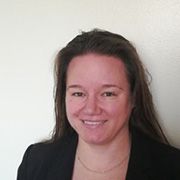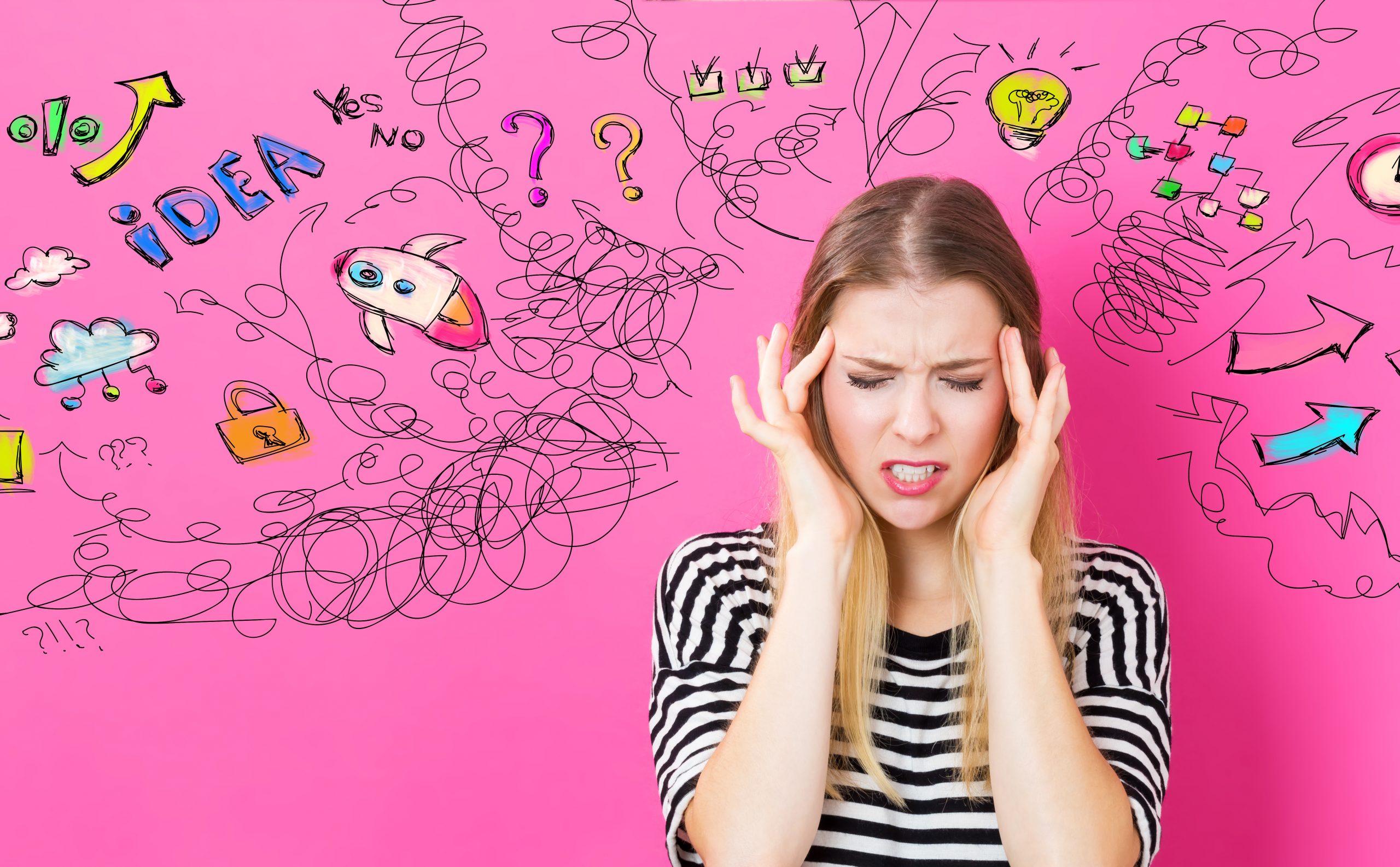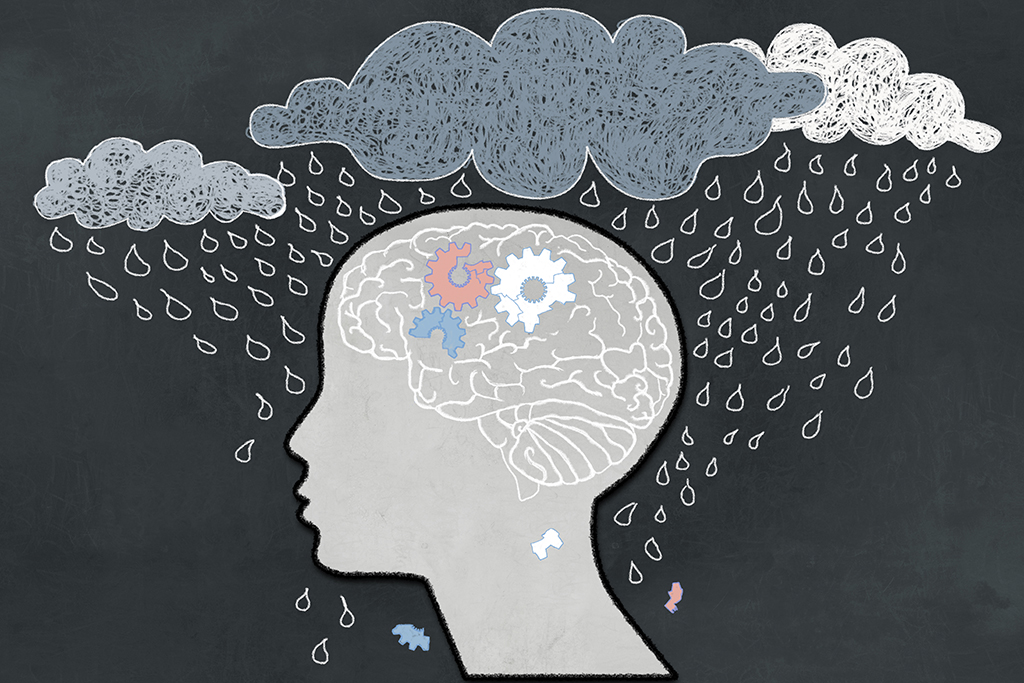
Reviewed By: Barbara Rexer, DSW, LCSW, LCADC, CCS, ICCS, DRCC
If you struggle with mental health issues, you’re not alone. Mental health disorders affect more than 50 million Americans, or about 1 in 5 people. Unfortunately, many people don’t get the help they need. According to the 2019 National survey on Drug Use & Health, just under half of people with mental illness received treatment last year.
A number of reasons prevent people from getting medical attention. Some fear the stigma attached to mental health issues. Others are wary that their treatment could include medication. Many simply feel they don’t have time for treatment. Because mental health issues don’t interrupt life in the obvious way that a physical illness or injury might, many people try to manage their issues by themselves. Doctors say this is a mistake.
Mental health disorders require the same attention as physical medical conditions. Encouragingly, they are also treatable. Getting help, whether for yourself or a loved one, starts with recognizing the problem. Here is a guide to common mental health disorders and how to get help when you need it.
Anxiety Disorders
Anxiety disorders can best be described as persistent feelings of worry, anxiety, or fear that are disruptive enough to interfere with daily life. Around 40 million American adults live with an anxiety disorder. There are three common types: generalized anxiety disorder (GAD), panic disorder, and phobia. Anxiety disorders once also encompassed obsessive compulsive disorder (OCD). The DSM-5 now recognizes OCD as a separate category.
Most people develop symptoms of these disorders before the age of 21. Although the cause is not always known, a combination of genetic and environmental factors typically play a role. A stressful childhood or traumatic experience, for example, can lead to an anxiety disorder. Likewise, someone with immediate family members who struggle with anxiety are more likely to struggle themselves.
Symptoms of an anxiety disorder include anxious thoughts or feelings that are hard to control, restlessness, high heart rate, sweating, shortness of breath, aches and pains, and changes in behavior. These symptoms may increase with the use of caffeine or certain medications. Alcohol and recreational drug use can also increase anxiety.
Anxiety disorders interfere with everyday life and activities, making it difficult to attend work or school, interact with friends and family, or even complete simple tasks like grocery shopping. People who suffer from an anxiety disorder may go out of their way to avoid these everyday tasks. This is one distinction between an anxiety disorder and high-functioning anxiety.
Mood Disorders
Mood disorders are another commonly diagnosed mental health condition. About 21% of the adult population in America will experience the effects of a mood disorder at some point in their lives. Many factors contribute to mood disorders. Although an imbalance in brain chemistry often plays the largest role, traumatic or stressful life events can also contribute.
Common symptoms of mood disorders include fatigue, fluctuations in energy, headaches, body aches and unexplained pain, excessive sleeping or trouble sleeping, and changes to your regular eating patterns, such as under-eating or compulsively overeating.
The two most common mood disorders are depression and bipolar disorder. Depression is characterized by ongoing feelings of listlessness, low energy and despondency. Bipolar disorder, meanwhile, causes extreme mood swings, ranging from deep depression to periods of euphoria. Both of these disorders can affect all areas of a person’s life, including relationships, work, sleep and appetite.
Personality Disorders
Personality disorders are characterized by ongoing, unhealthy patterns of behavior and thinking that do not necessarily reflect reality. People struggling with personality disorders often have trouble maintaining relationships with friends and family. They may also have trouble managing their stress and anxiety levels. Somewhere around 15% of the American population suffers from a personality disorder.
Borderline personality, narcissistic personality, paranoia and delusional disorders, schizoid and schizotypal personality disorders are all types of personality disorders. Symptoms for each different personality disorder will vary and can range from mild to severe. Much of the time people with personality disorders do not realize there is anything wrong with their way of thinking until their behaviors or beliefs start to interfere with work, family and relationships.
Borderline personality disorder (BPD) is perhaps the most common personality disorder, affecting between 1.6% and 5.9% of the population. Because many people do not seek treatment, the population is difficult to quantify. Those who suffer from BPD report feelings of emptiness, difficulty maintaining stable relationships, and frequently changing values. Many people with BPD also struggle with impulsiveness.
Impulse Control Disorders
Impulse control disorders are common among American adults, affecting about 8.9% of the population. Kleptomania, pyromania, oppositional defiant disorder, conduct disorder, and intermittent explosive disorder all fall under the umbrella of impulse control disorders.
These disorders often co-occur with anxiety, mood and personality disorders, and eating disorders. Attention deficit hyperactivity disorder (ADHD) is also commonly tied to impulse control disorders. Some medical professionals also recognize buying-shopping disorder.
Symptoms can include overreacting to situations and the inability to avoid small urges. In more serious cases, impulse control disorders can lead to withdrawal from other tasks and friends to focus on whatever their impulse focus may be. This can range from gambling to playing video games obsessively.
Co-Occurring Disorders
Many people with mental health disorders experience co-occurring physical or mental health issues. Individuals with mood disorders, for example, are at a higher risk for heart disease and diabetes. Mental health disorders also increase one’s risk for developing substance use disorders. Roughly half of people with mental health disorders will also struggle with addiction at some point in their lives and vice-versa.
Eating disorders are also prevalent. The Anxiety and Depression Association of America reports that as many as 66% of people with eating disorders will also struggle with an anxiety disorder at some point in their lives. People who struggle with co-occurring disorders need to address each issue separately.
Treatment for Mental Health Disorders
Many treatment paths exist for mental health disorders. Psychotherapy is the most common. This approach includes cognitive behavioral therapy and other forms of counseling that helps to “rewire” negative thought patterns. In some cases, a doctor may also prescribe medication, particularly if a chemical imbalance is contributing to the illness.
Importantly, the most successful treatment plans are personalized to the individual. Since mental health issues affect people in different ways, the best course of treatment often depends on a person’s goals, personality, support system and life circumstances. This is particularly true for co-occurring disorders, which require dedicated treatment. When substance abuse is a factor, it is important to seek treatment in an environment that offers access to medical doctors alongside mental health professionals.
If you experience mental health issues, you don’t need to struggle alone. Call us to learn more about treatment options for anxiety, depression, addiction and other co-occurring disorders.
Have questions about addiction?Chat with one of our recovery specialists now.

Written By: Sprout Editorial Team
The Sprout Health Group editorial team is passionate about addiction treatment, recovery and mental health issues. Every article is expert-reviewed.


